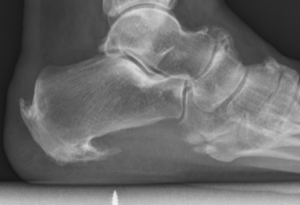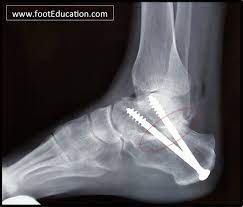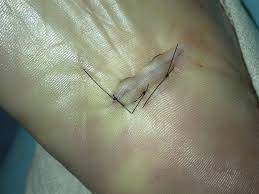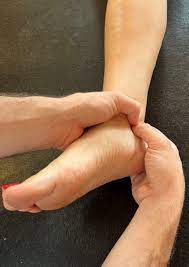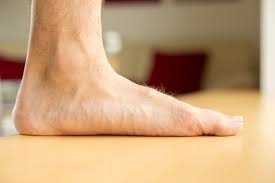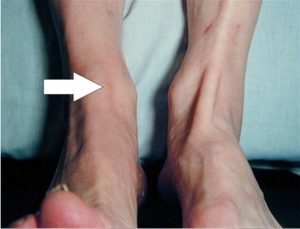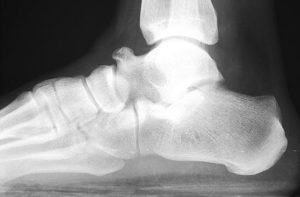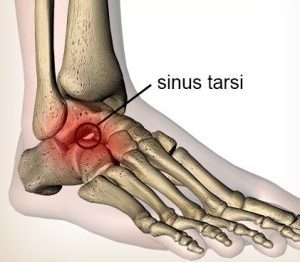
Sinus tarsi syndrome is a condition that affects the foot and ankle. It is characterized by pain and discomfort in the sinus tarsi, which is a small bony canal located between the talus bone (ankle bone) and the calcaneus bone (heel bone). The sinus tarsi serves as a passage for nerves, blood vessels, and ligaments that are important for foot and ankle function.
Sinus tarsi syndrome is typically caused by injury or trauma to the foot and ankle, such as ankle sprains, repetitive overuse, or chronic instability. Other potential causes can include arthritis, ligamentous laxity, or anatomical variations that lead to compression or irritation of the nerves or tissues within the sinus tarsi.
Symptoms of sinus tarsi syndrome may include:
- Pain: Pain in the lateral (outer) aspect of the foot, specifically in the area of the sinus tarsi, is the hallmark symptom of this condition. The pain may be sharp or dull and may worsen with weight-bearing activities or prolonged standing.
- Swelling: Swelling around the sinus tarsi may be present, although it is usually mild compared to other foot and ankle conditions.
- Tenderness: Tenderness to touch over the sinus tarsi area may be present, and pressure on the area may exacerbate the pain.
- Instability: Some patients with sinus tarsi syndrome may experience a feeling of instability or a sense of “giving way” in the foot or ankle.
- Limited range of motion: Reduced range of motion in the ankle joint may be observed, particularly with movements that involve inversion (inward rolling) or eversion (outward rolling) of the foot.
Diagnosis of sinus tarsi syndrome typically involves a thorough clinical evaluation by a healthcare provider, including a physical examination, assessment of medical history, and imaging studies such as X-rays or MRI to rule out other potential causes of foot and ankle pain.
Treatment for sinus tarsi syndrome may include conservative measures such as rest, ice, compression, and elevation (RICE), nonsteroidal anti-inflammatory drugs (NSAIDs), orthotics or shoe modifications, physical therapy, and activity modification. In some cases, corticosteroid injections may be used to reduce inflammation and alleviate pain. If conservative measures are not effective, more advanced treatments such as extracorporeal shockwave therapy, prolotherapy, or platelet-rich plasma (PRP) injections may be considered. In rare cases, surgical intervention may be necessary to address any underlying structural issues or persistent symptoms.
It is important to consult with a qualified healthcare provider for an accurate diagnosis and appropriate treatment plan if you suspect you may have sinus tarsi syndrome or are experiencing foot and ankle pain.

